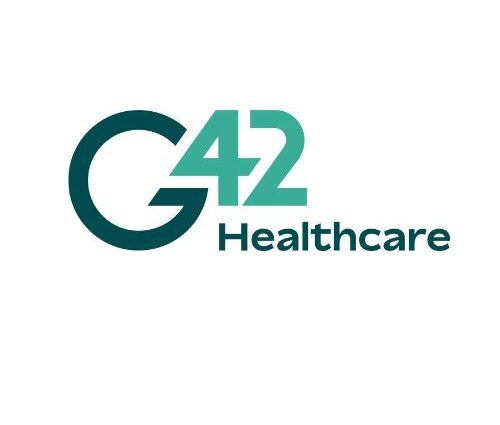A biobank is a specialized form of biorepository that is sometimes used to store biological samples to be used later in scientific research. Biobanks have swiftly developed into an essential asset for current medical research across a broad variety of subfields, including genetics and personalized medicine.
The process of keeping samples of bodily fluids and tissues to conduct research and examination later is referred to as “biobanking.” This is done to enhance our understanding of health and sickness. The samples could be collected at the same time as the recording of other information, such as the subject’s height and weight, as well as their responses to queries on circumstances that might impact their health (such as family history and lifestyle).
Depending on the nature of the study, samples are often kept in storage for a lengthy period or permanently to make it easier to conduct more research in the coming years.
The process of storing biological material in biobanks is having a significant impact on the wider culture.
Biobank services from reputed companies like G42 healthcare are becoming a reality. A revolution is taking place in the fields of Biobanking services, biorepositories, and biospecimen research as a direct result of the emergence of artificial intelligence (AI) and the linked fields of process automation, data analytics, robotics, the internet, and other rapidly growing technologies. The introduction of biobanks has the potential to bring about enormous improvements in both the economic and healthcare sectors of any nation. Collecting specimens in frozen storage was the first step leading to today’s more sophisticated virtual biobanks and advances in bioscience.
The most important goals of the ever-expanding network of biobanks are:
- The comprehension of illness.
- The development of novel therapeutics.
- The production of novel diagnostic tools.
In addition to shedding insight into the genetic component of human sickness, the research conducted in biobanks has another objective, which is to develop a healthcare system that is both more automated and more customized.
On the other hand, the new healthcare paradigm for humans is not the only topic being investigated. There has also been a rapid increase in the number of plants, animals, and microbial species stored in biobanks. There are many different types of project-driven, public and private biobanks located all over the world. These biobanks can be categorized as disease-centric, population-based, genetic, DNA/RNA, blood, tissue, virtual biobanks, microbiome, and stem cell banks. Other types of biobanks include virtual biobanks, microbiome banks, and stem cell banks.
BIOBANK DEVELOPMENT
Rapid technological advancements in biobanking are making it possible to amass vast quantities of non-human biological resources, such as plants, animals, bacteria, and other organisms, for use in agricultural practices, ecological studies, medical research, and the development of new medicines. It is envisaged that an increase in the variety of biobanks and the improvement of mechanisms for data exchange will result in a shift in how illnesses and other disorders are studied, eventually leading to the development of individualized treatment plans. When data is no longer the sole possession of a single research facility, and when scientists can begin storing massive quantities of human biological and genetic data in public areas where it can be accessed and shared by a wider community of researchers, the potential for progress is significantly increased.
SUBSTANTIAL DIFFICULTIES
At every step of the research process, from collecting samples to archiving and documenting those samples, as well as prompt access to specimens and donor information, questions about ownership and consent for study are emerging. There has also been an increase in the number of concerns around data ownership and sample ownership.
Because its primary duty is collecting, cataloging, and storage of biological samples as well as the associated clinical data, biobanks are also required to serve as data guardians, which means they must protect the integrity and confidentiality of patient information. In addition, the integrity of samples and specimens must be preserved throughout the whole process of collecting them and storing them to ensure that they will only be used for the reasons for which they were intended. Concerns about the ethical, legal, and social ramifications of utilizing samples and data (for example, consent, privacy, and secrecy) maintained in biobanks have previously sparked debate. These concerns include the following:
- Because Biobanking services have been designated as a crucial area for developing infrastructure for drug discovery and development, it is essential to have a solid understanding of the sociological, technical, procedural, regulatory, legal, and ethical aspects associated with biobanking.
Because of the widespread belief that biobanking from G42 healthcare will have far-reaching effects on every aspect of human life, from health and illness to pharmaceuticals and tailored therapy, biobanking is quickly becoming an important part of national infrastructure. This is due to the widespread belief that biobanking will affect every aspect of human life. The time has arrived to provide Sequencing as service with the attention it deserves and conduct research into the possible advantages and disadvantages of the practice.

